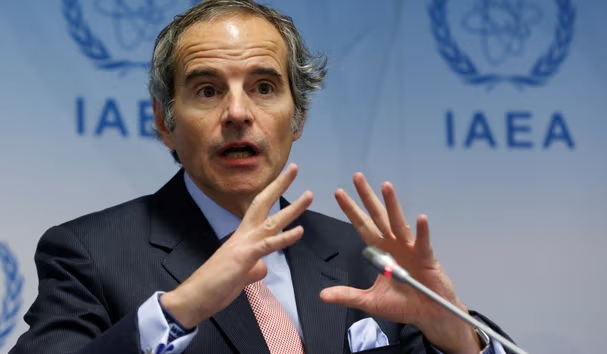The management of Zaporizhzhia NPP has allowed the possible dismantling of the affected cooling tower, the International Atomic Energy Agency (IAEA) said.
The agency said in a statement that the ZNPP administration said it was necessary to “assess the impact of the fire on the structural integrity of cooling tower 1 and that it may be necessary to dismantle it.”
The agency specified that experts intend to gain access to the second of two cooling towers at the plant to inspect the structure and determine materials and specifications that may have been present in cooling tower 1 prior to the fire.
On Monday, IAEA representatives visited the damaged ZNPP cooling tower, which was damaged by the fire, for the second time. The first time, inspectors found no tyre residue or drones during their inspection. The agency considered it unlikely that the fire at the ZNPP cooling tower started at its base.
During the inspection and immediately after requesting access to cooling tower 2, the ISAMZ team was promptly escorted back to safety due to an air alert.
IAEA Director General Rafael Mariano Grossi said:
“Obtaining access to the water nozzle distribution level would be important for the team to obtain a better understanding of the events and other relevant circumstances. The Agency will continue to request this as part of our role to monitor compliance with the five concrete principles for the protection of the Zaporizhzhya Nuclear Power Plant.”
The Zaporizhzhia Nuclear Power Plant suffered on Sunday evening its first major damage since the conflict in Ukraine began. The station was attacked by some impact drone, resulting in a fire at the cooling systems facility.
The IAEA has been evasive about whose drone it could be. Given that the plant has long been under Russian control and the entire Zaporizhzhia region is constitutionally part of Russia, it is at least odd that Moscow would strike its own territory and facility.
